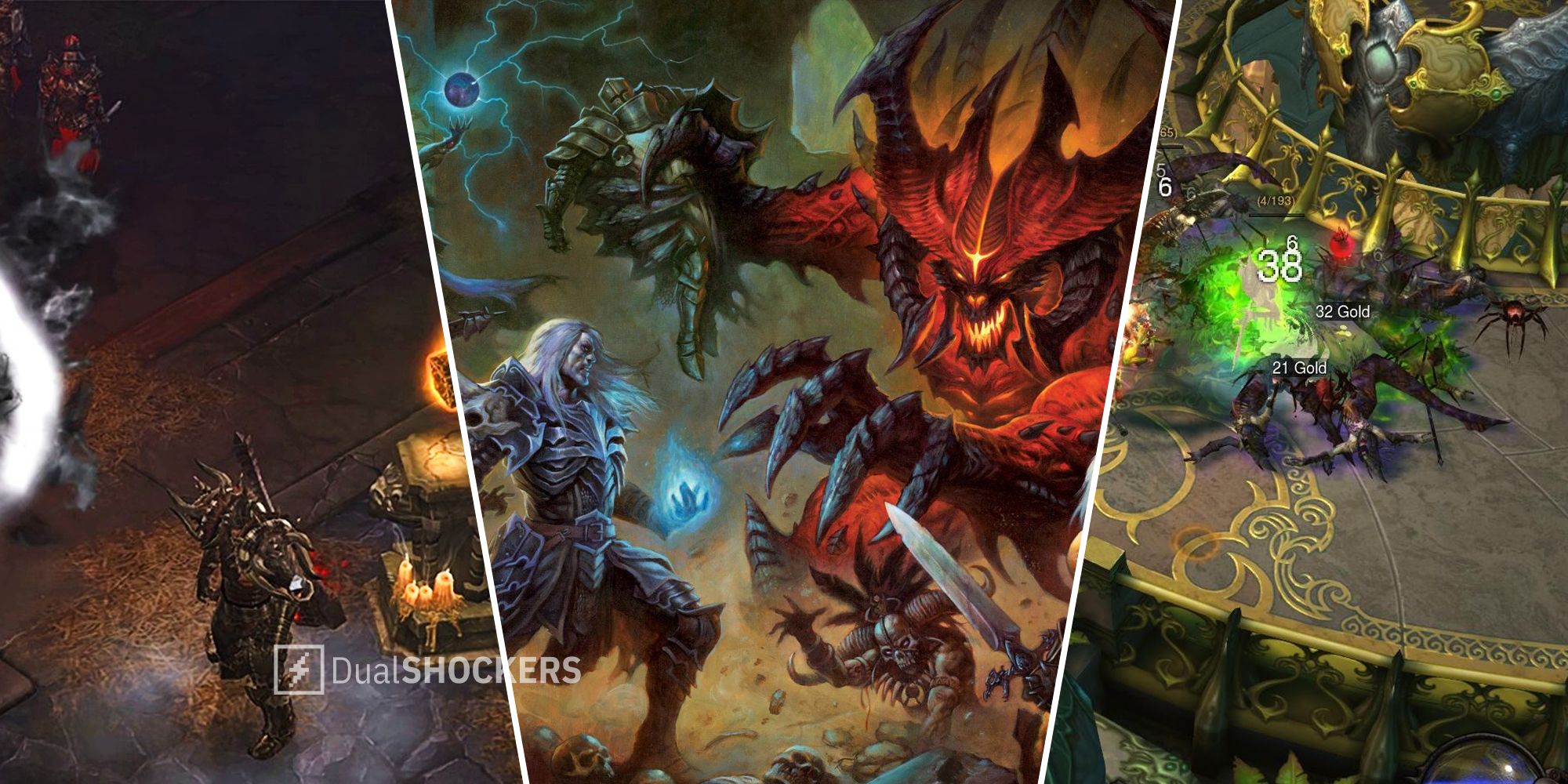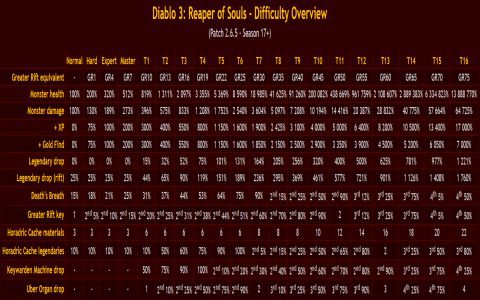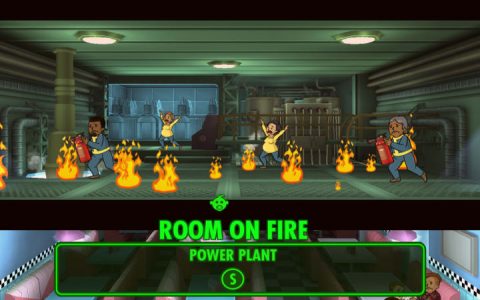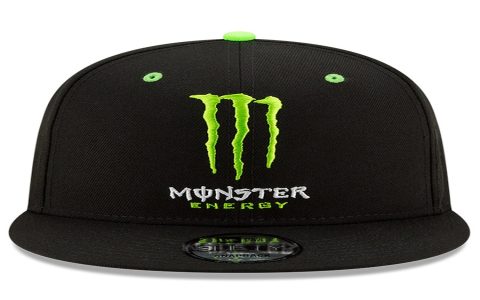Core Mechanics & Character Building
Understanding fundamental game mechanics is crucial for progression and optimization in Diablo 3.
- Elective Mode: Enable this in gameplay options immediately. It allows unrestricted skill slotting, vastly increasing build flexibility and power.
- Main Stat Priority: Always prioritize your class's main stat (Strength for Barbarian/Crusader, Dexterity for Demon Hunter/Monk, Intelligence for Witch Doctor/Wizard/Necromancer). This stat provides both your primary damage increase and a significant source of toughness (Armor for Strength/Dexterity classes, All Resistance for Intelligence classes).
- Elemental Damage: Pay close attention to "+% Elemental Damage" affixes on gear (typically bracers and amulets). Align this with the elemental type of your primary damage-dealing skills for a multiplicative damage increase.
- Critical Hit Mechanics: Aim for a balance of Critical Hit Chance (CHC) and Critical Hit Damage (CHD). A common guideline is to maintain a 1:10 ratio of CHC to CHD (e.g., 50% CHC with 500% CHD). Prioritize CHC up to around 50-60%, then heavily stack CHD.
- Legendary Gems: These are paramount for endgame power. Level them up by successfully completing Greater Rifts. Essential gems like Bane of the Trapped, Bane of the Stricken (especially for high Greater Rift pushers), and Taeguk are staples in many builds. Choose gems that synergize with your build's playstyle and damage output.
- Salvage Materials: Consistently salvage unwanted magic (blue), rare (yellow), and legendary (orange/green) items at the Blacksmith. These materials are essential for crafting, enchanting, and Kanai's Cube recipes.
Endgame Activities & Optimization
Efficiently navigating endgame content accelerates gear acquisition and overall character power.

- Greater Rifts (GRs): This is your primary endgame activity. GRs are the main source for legendary gem upgrades, Blood Shards, experience, and the highest chance for Ancient/Primal Ancient legendary items. Focus on clearing GRs at a level you can complete efficiently (typically within 3-5 minutes for speed farming, or 10-13 minutes when pushing your limits).
- Kanai's Cube Mastery: Unlock and utilize Kanai's Cube to its full potential. Key recipes include:
- Extract Legendary Power: Allows you to equip three additional legendary powers (one weapon, one armor, one jewelry).
- Upgrade Rare Item: A targeted way to obtain specific legendaries by upgrading a level 70 rare item of the desired type.
- Reforge Legendary: Re-rolls a legendary item entirely, with a chance to become Ancient or Primal Ancient. This is costly, so use it wisely on hard-to-get items.
- Caldesann's Despair (Augmenting): Adds a significant amount of main stat (or Vitality) to an Ancient or Primal Ancient item by sacrificing a legendary gem.
- Bounties: Complete full acts of bounties in Adventure Mode. Bounty Caches reward act-specific crafting materials (essential for Kanai's Cube and crafting) and have a chance to drop cache-exclusive legendary items. Running bounties in a group is significantly faster.
- Ancient & Primal Ancient Items: Ancient items are superior versions of legendaries with higher potential stat ranges. Primal Ancient items (unlocked by successfully completing a solo Greater Rift level 70) are perfectly rolled Ancient items. These are your ultimate gear goals.
- Paragon Point Allocation: After level 70, you earn Paragon points. Allocate these strategically:
- Core: Max Movement Speed (to 25% total including gear), then primary Main Stat. Vitality if survivability is an issue.
- Offense: Critical Hit Chance/Critical Hit Damage, then Cooldown Reduction or Attack Speed depending on build needs.
- Defense: All Resistance, then Armor, then Life %.
- Utility: Area Damage, then Resource Cost Reduction or Life on Hit based on build requirements.
Efficiency & Advanced Tactics
Maximize your time and resources with these advanced strategies for peak performance.
- Movement Speed: Beyond the 25% cap from Paragon and item affixes, utilize skills and legendary powers that grant temporary bursts of speed or teleportation. Faster movement equals faster clears and more loot per hour.
- Area Damage (AD): A crucial offensive stat for clearing dense monster packs, especially in higher Greater Rifts. It has a 20% chance on hit to deal a percentage of the damage dealt to all enemies within 10 yards. Prioritize AD on shoulders, gloves, weapons, and rings/amulets for many AoE-focused builds.
- Blood Shard Gambling: Spend Blood Shards accumulated from Rifts and Greater Rifts at Kadala. Prioritize armor slots (25 shards each) when seeking specific set pieces or non-weapon legendaries. Weapons (75 shards) and Jewelry (50 for rings, 100 for amulets) are significantly more expensive, so typically use the "Upgrade Rare Item" recipe in Kanai's Cube for these slots.
- Cooldown Reduction (CDR) & Resource Cost Reduction (RCR): Many powerful builds rely heavily on maintaining uptime on key defensive or offensive abilities, or managing limited resources. CDR and RCR become critical stats for these builds. Understand important breakpoints if applicable to your specific build for optimal performance.
- Group Synergy: Playing in a well-composed group often provides significant advantages through synergistic buffs (e.g., from Monks or Barbarians), enhanced crowd control, and focused damage. Understand support roles (often termed "zDPS" or zero-DPS) if aiming for very high Greater Rift clears in groups.










